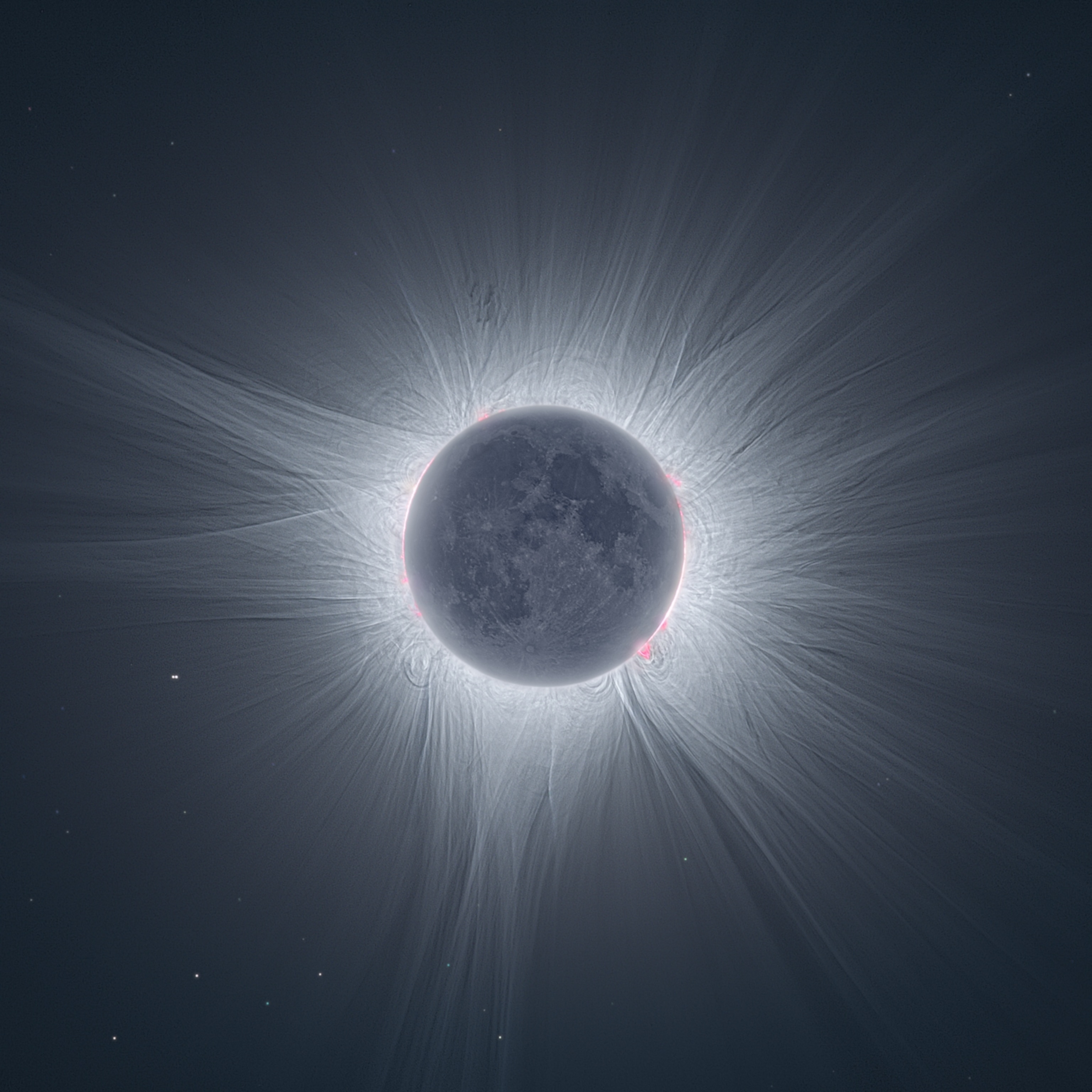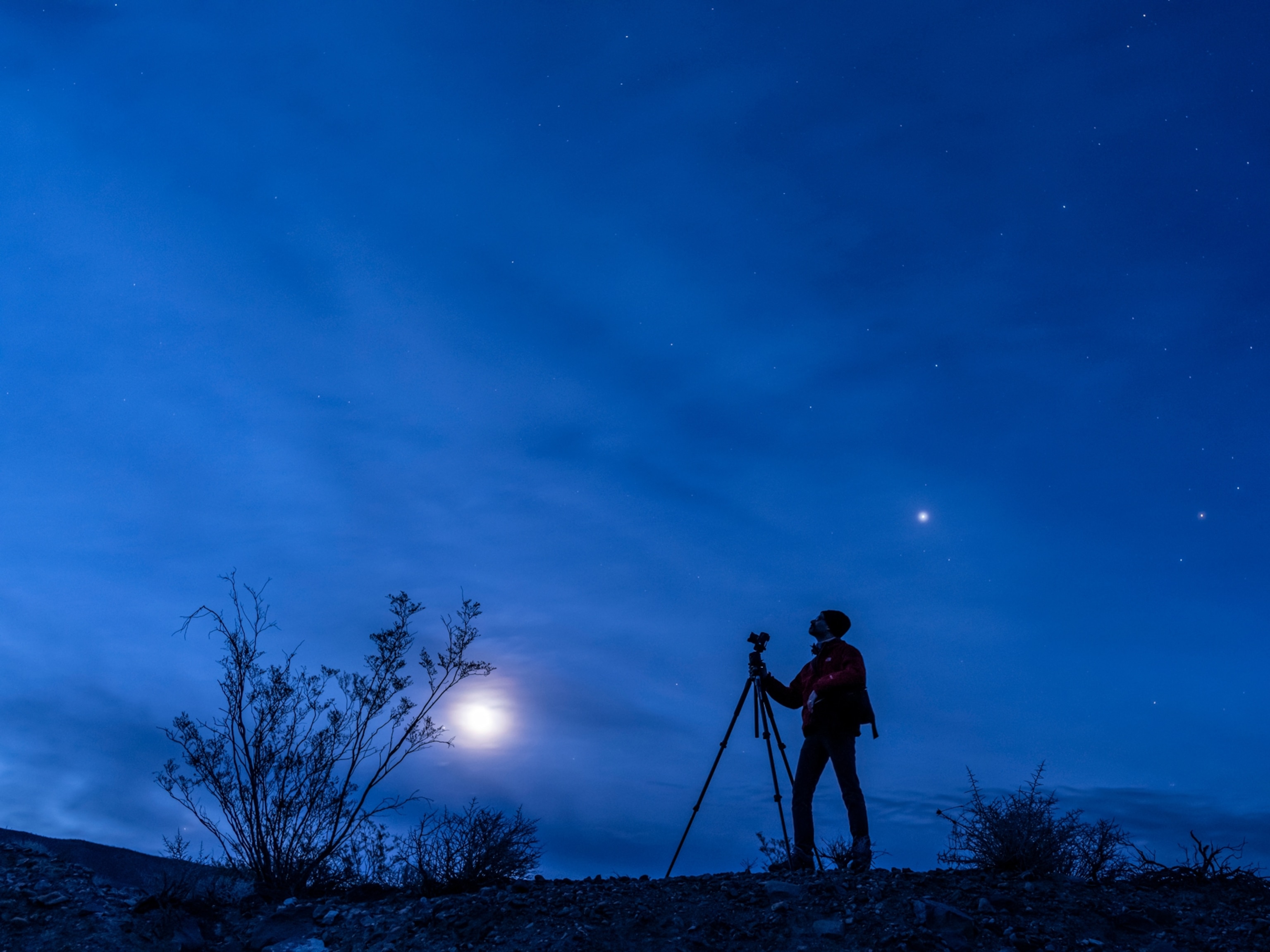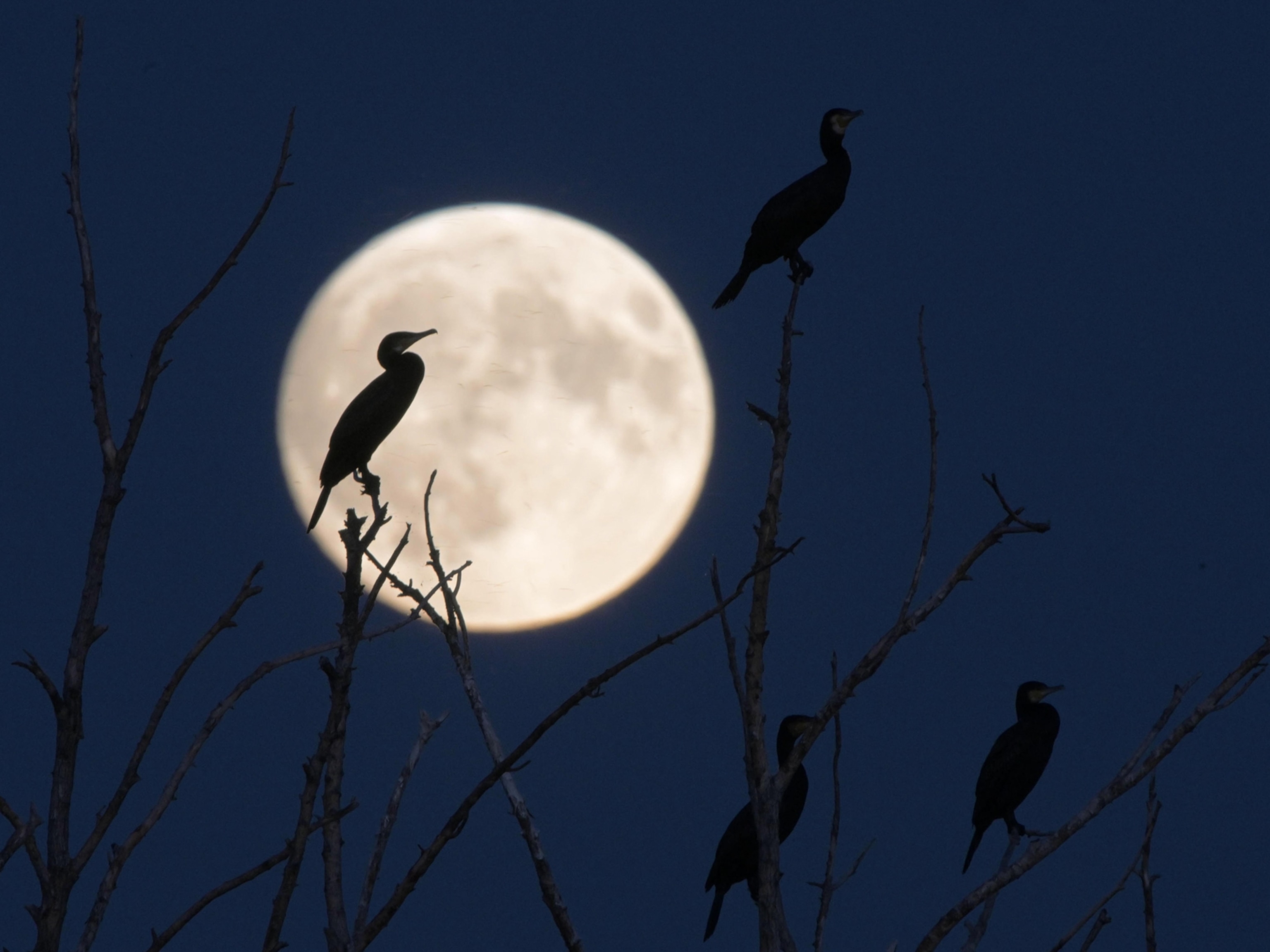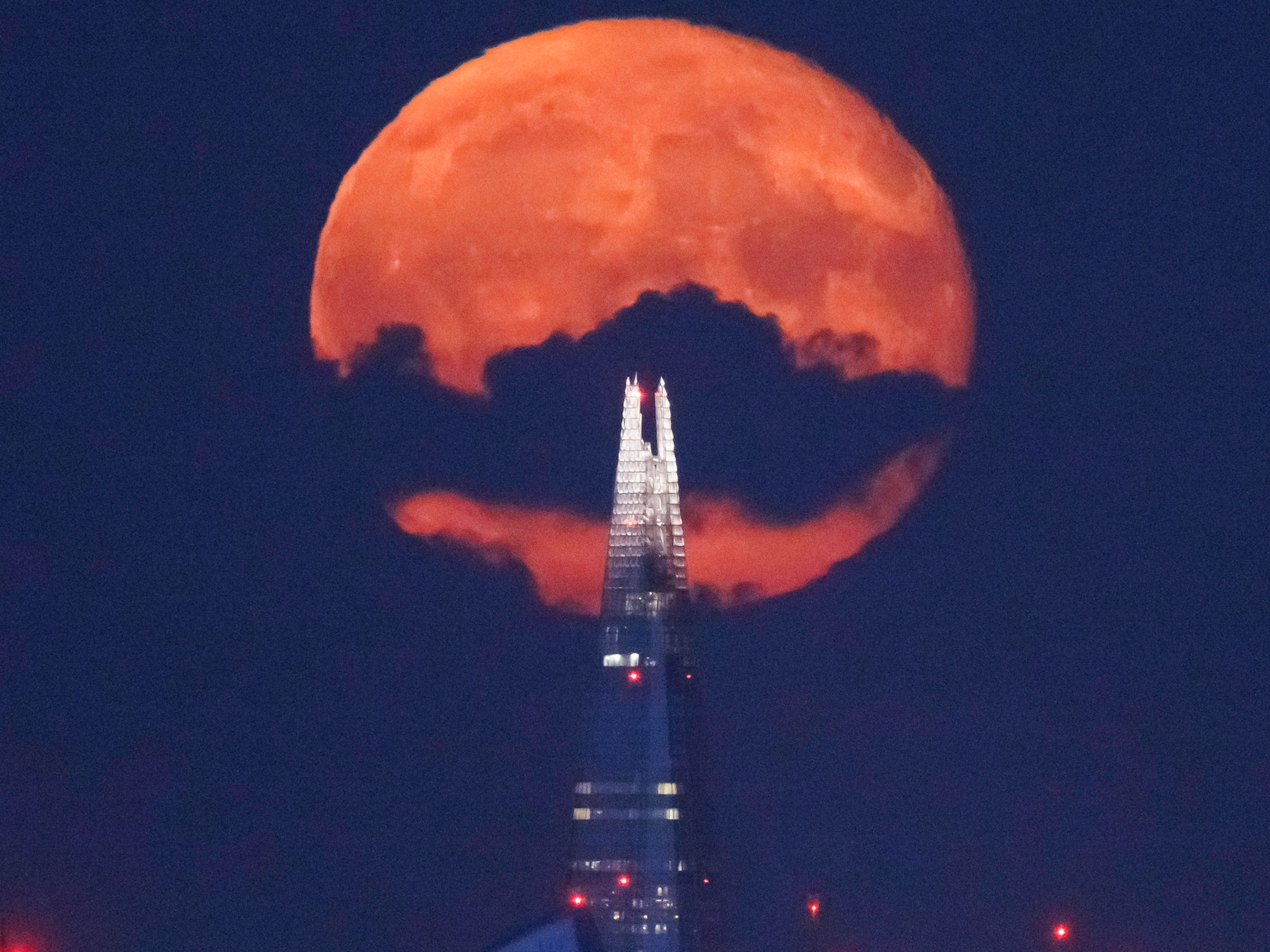
Partial Solar Eclipse Graces Skies on Thursday
North Americans will watch the moon take a bite out of the sun.
The sun and moon play hide and seek on Thursday, as the lunar silhouette glides across the solar disk in a partial solar eclipse visible across much of North America.
The shadow of the rare partial solar eclipse first falls on Siberia's Kamchatka Peninsula at 2:37 p.m. EDT on Thursday, October 23. Local viewing times will vary as the moon's shadow travels east over much of Canada, Mexico, and the United States, with a sunset eclipse visible from eastern states.
"The farther north and west you are on the continent, the more of the sun you will see covered," says astronomer Jay Pasachoff of Williams College in Massachusetts, a National Geographic Society grantee. As long as 10 percent or more of the sun is eclipsed, he says, "it doesn't matter really where you look from, as long as you have clear weather."
Eclipse Alignments
The Earth crosses between the moon and the sun every month, but solar eclipses don't happen every day. An alignment of the three celestial bodies that allows the moon to cast its shadow on a strip of the Earth is a relative rarity, coming only twice a year.
When the moon's dark central shadow, called the umbra, falls on the surface of the Earth, people along a very narrow strip of the planet's surface see a total solar eclipse in the sky. In a total solar eclipse, the moon coincidentally looks almost exactly the same size as the sun when viewed from Earth, so the moon fully covers the solar surface.
During a partial eclipse like Thursday's, however, the Earth passes into the moon's outer, much wider shadow cone known as the penumbra. The result is a less dramatic but still eye-catching sky show for a much larger audience.
Best Viewing?
How much of the sun is covered during a solar eclipse depends on how far observers are inside the penumbral shadow.
On Thursday, northern cities get more of an eclipse, with Minneapolis and Seattle seeing more than half the sun's disk covered. Farther south, eclipse watchers in Los Angeles will see 45 percent of the sun's diameter covered at 3:38 p.m. PDT.
Sunset will curtail the show on the eastern edge of North America. In New England the sun sets before the eclipse gets going, shutting out folks there from a view, Pasachoff says, "though some glimpses on the sunset horizon might be visible from the southeast."
So while Westerners will watch the entire eclipse play out in the overhead afternoon skies, Easterners will be treated to only the first half of the disappearing act while the sun sets in the west. In Chicago, in the Midwest, 55 percent of the sun's disk will disappear at 5:42 p.m. CDT just as it sets, and in Toronto the eclipse will reach 44 percent at sunset, at 6:20 p.m. EDT.
The best sky show will be for the lucky few observing from northern Canada in the territory of Nunavut, near Prince of Wales Island, where 81 percent of the sun will be covered at the maximum eclipse time of 8:44 p.m. EDT (21:45 UTC).
Watching the Eclipse Safely
Anyone observing the partial eclipse should take precautions not to damage their eyes by looking directly at the still blindingly bright sun.
Without special filter-protected glasses and telescopes, you should never look directly into the sun. But there are safe and easy alternatives for enjoying the eclipse show. Pasachoff suggests looking for images of the sun cast on the ground under leafy trees, or making a simple pinhole camera.
"Just punch a quarter-inch hole [about a half centimeter] in a piece of cardboard and use that to project an image, with the sun behind your shoulder while you look away from the sun," says Pasachoff, who will be observing his 60th eclipse.
"Look at the ground under trees to see if you see pinhole images of a solar crescent."
For more safety tips, see "How to Safely Watch a Solar Eclipse."
Total Recall
If you miss this eclipse, you may have to wait a bit for the next one. The next total solar eclipse occurs over the remote northern Atlantic on March 20, 2015. But this week's partial event in North America will be a great warmup for the much anticipated total solar eclipse on August 21, 2017, when a 37-mile-wide (60 kilometers) total eclipse, a "zone of totality," will run from North Carolina through Oregon.
"This one will be a good practice run for learning how to use a special solar filter, a pinhole projector, or even just looking under a tree for crescent images," explains Pasachoff.
"Now people will know what they can expect in 2017 if they don't bother to go into the zone of totality—where things will be much more spectacular."
If you are clouded out, stuck indoors, or on just on the wrong side of Earth, check out the live webcast of all the eclipse action from astronomy outreach venture Slooh.com starting at 5:00 p.m. EDT (2:00 p.m. PDT, 21:00 UT) as the moon's shadow begins its journey over the western United States, Alaska, and western Canada on its way east.
Follow Andrew Fazekas, the Night Sky Guy, on Twitter and Facebook.








